By Meg A. Parsont
Last week was Pollinator Week, an annual event supporting the health of bees, butterflies, birds, and bats that are an essential part of our ecosystem. As they transfer pollen from flower to flower, these creatures help our gardens grow and play a key role in our city’s plant biodiversity.
At a time when pollinators’ habitats have been jeopardized, our parks and community gardens are planting more native plants that are not only beautiful, but that also have a mutually beneficial relationship with pollinators.
Here’s a look at what some of the community gardens on the Upper West Side are doing to support our local pollinators.
In the 91st Street Garden on the Promenade level of Riverside Park, vibrant purple and red bee balm (monarda) are in full bloom and humming with bees. An early monarch butterfly also stopped by to enjoy the bee balm bounty. (Monarch sightings in NYC are more common later in the summer, as they stop over during their annual migration to Mexico.) You’ll see bee balm in plots throughout the garden, including several especially luxuriant swaths of it on the west side of the garden in both the rectangle and octagon.
Other pollinator-friendly plants in bloom now include echinacea, also known as coneflower (a pink perennial in the daisy family with petals that often turn downward); rue (an herb with blueish green foliage and tiny yellow flowers); and catmint (an aromatic herb with delicate purple flowers), which seems to be as irresistible to bees as it is to felines. A bit later this summer, look for other plants that attract bees and butterflies including the six-foot-tall aptly named butterfly bushes (Buddleia davidii) with their clusters of purple blooms, the spiky liatris Blazing Star—also with deep amethyst flowers and milkweed, which has large and distinctive tear-shaped seed pods.
The Lotus Garden on West 97th Street is especially lush right now, brimming with lilies in shades of cream, apricot, and blush pink, roses, and bright purple drumstick allium or round head garlic (sphaerocephalon).
Dotted throughout the garden, fluffy hydrangeas are blooming in shades of pink, lavender, and blue, as well as white. The gardener who tends one of the plots near the steps added garden aluminum sulfate to the soil to make it more acidic in the hopes of turning her hydrangea blue. Her variegated blue and white hydrangea is the stunning result of her experiment.
These flowers attract their share of bees and butterflies, but the gardeners also grow echinacea, bee balm, and purple hyssop (an ornamental flowering herb also known as agastache), among other native plants. The herb garden plot is home to pollinator-friendly plants as well, including fennel, thyme, lemon balm, culver’s root, oregano, and chives.
Lilies and hydrangea reign supreme right now in the West Side Community Garden on 89th-90th Streets, with glorious crimson, yellow, orange, and white lilies flourishing in a number of the plots. The path leading to the 90th Street gate is lined with two different varieties of bountiful white hydrangea.
In addition to these beauties and some annuals including begonias and impatiens, the West Side Community Garden also cultivates a number of native plants to attract and support pollinators. Several swamp milkweed plants (Asclepium Incarnata) are just beginning to bloom. By mid-summer, the plants will be three or four feet high with showy pink flowers. (“incarnata” means “flushed with pink.”)
Some of the flower beds host wild geranium, a groundcover with small pinky-purple flowers that is native to US eastern woodlands. These plants are unrelated to the geraniums that typically grace window boxes and planters, and that originate in Africa. Another wonderful pollinator-friendly plant I discovered on my most recent visit to the garden is blanket flower (‘Arizona Apricot Shades’ gallardia). These cheerful bright-yellow flowers with an apricot eye are especially attractive to butterflies.
Olivia Cox Matise, a grad student in Columbia’s Ecology Evolution and Environmental Biology program, is conducting a study of bee movement between urban green spaces (parks, gardens, and green roofs). Both the 91st Street Garden and the West Side Community Garden are among the sites in her study. Her research involves netting bees, applying tiny blue markers to their backs, and releasing them to collect re-sighting data at several sites across Manhattan.
She says, “Knowledge of how bees are using and moving throughout urban green spaces can be used to inform conservation management plans for these threatened creatures.”
The West Side Community Garden (89-90th Streets, between Amsterdam and Columbus Avenues)
Open 7 days/week from dawn to dusk
NOTE: The West Side Community Garden conducts a compost collection on Sunday mornings from 11 a.m.-noon outside its 90th street entrance, between Amsterdam and Columbus Avenues. They incorporate the compost into their flower beds. The public is invited to drop off fresh or frozen organic waste including vegetable and fruit peels, coffee grounds and tea bags, eggshells, shredded newspaper, and brown paper bags. The garden cannot accept meat, fish, bones, dairy, fats, pet waste, or compostable bags. Please read their guidelines before dropping off compost.
The Lotus Garden (97th Street between West End Avenue and Broadway)
Open to the public on Sunday afternoons between 1-4 pm, from April 10-mid-November
The 91st Street Garden on the Promenade level of Riverside Park
Open 7 days/week from dawn to dusk
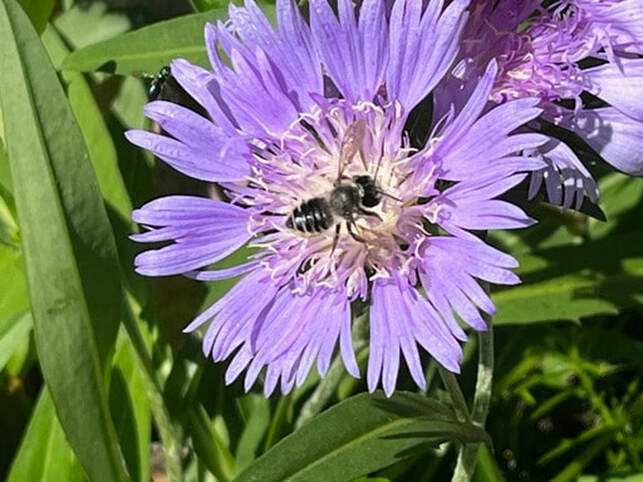
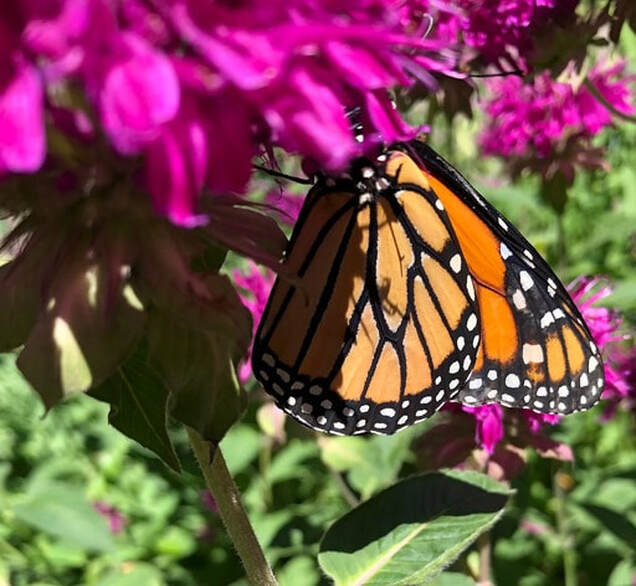
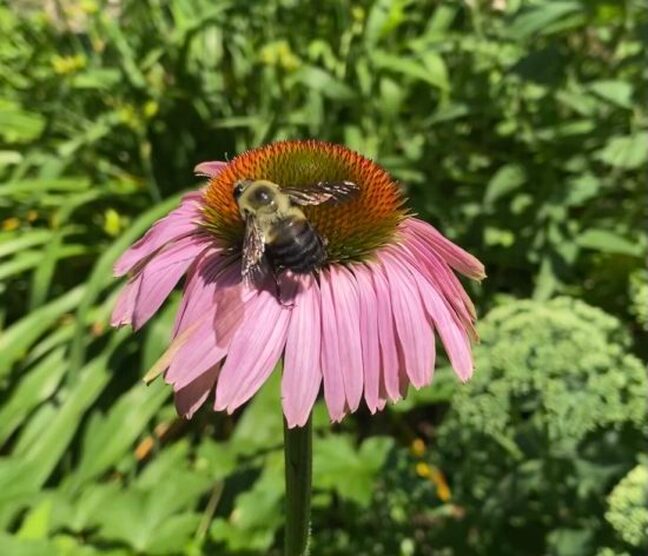

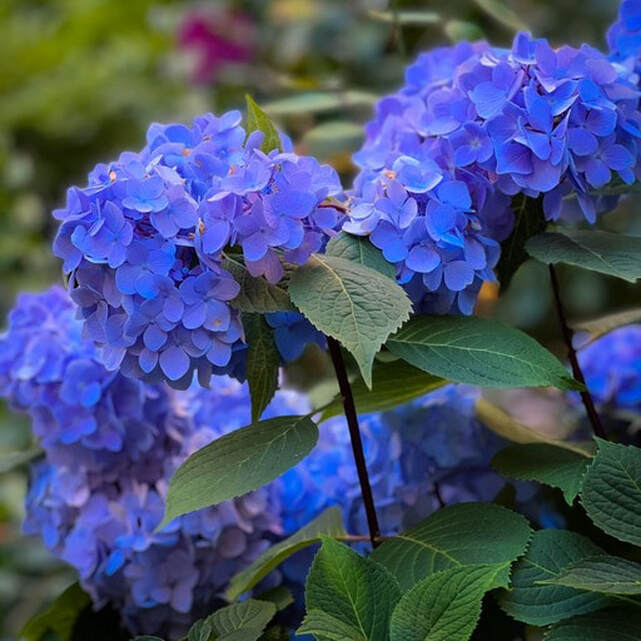

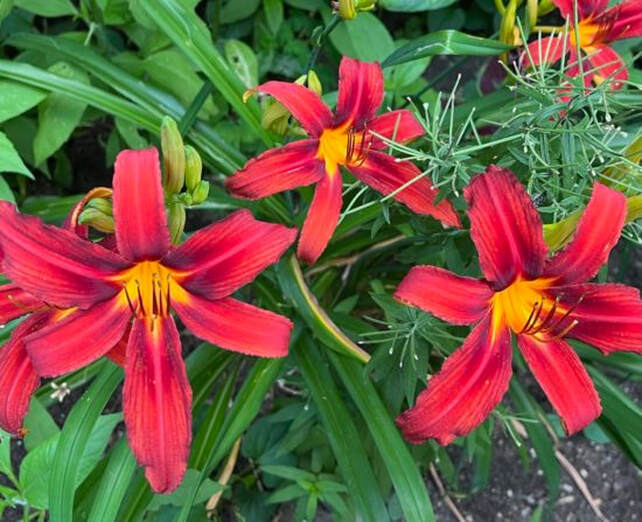



 RSS Feed
RSS Feed
